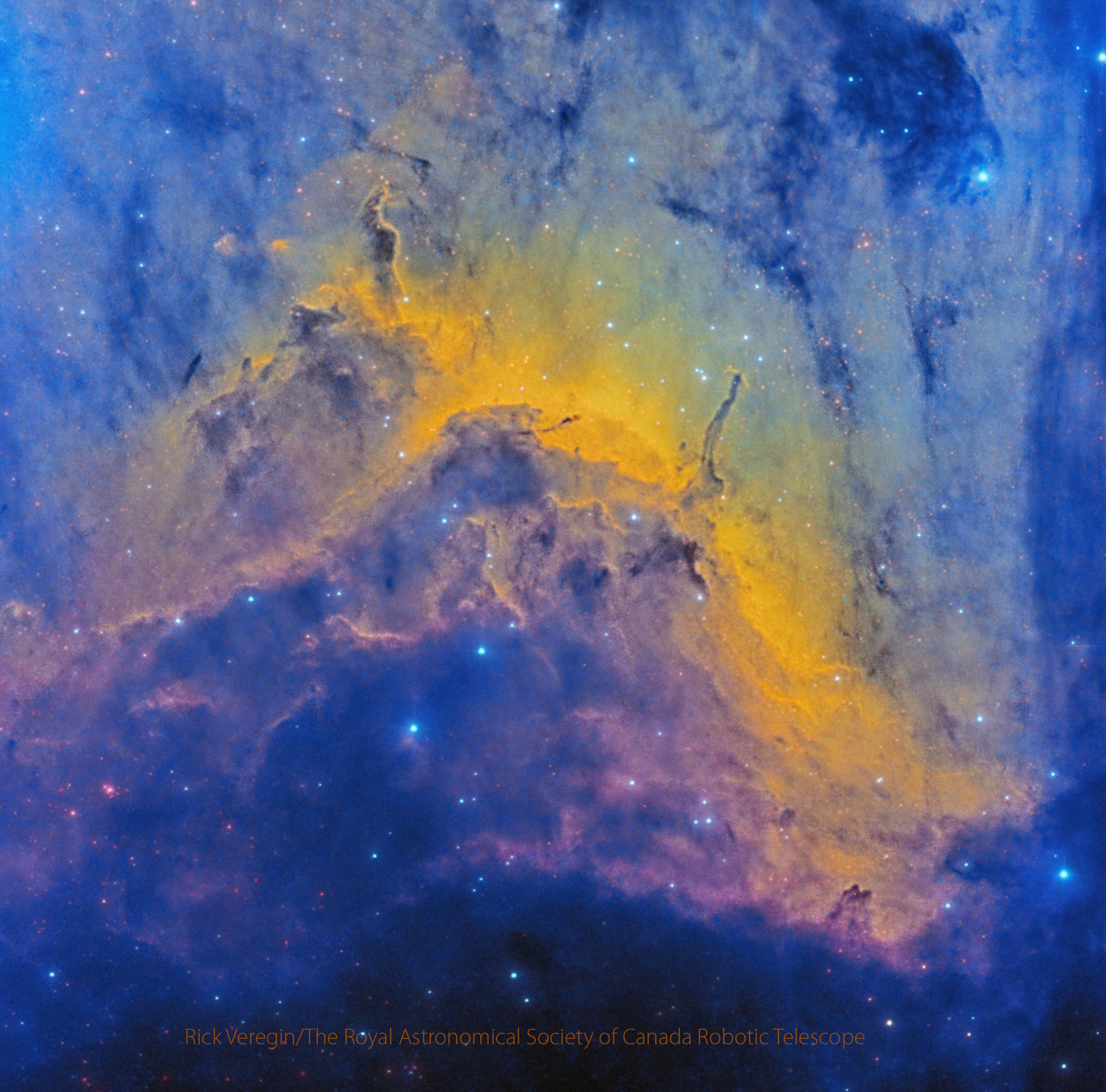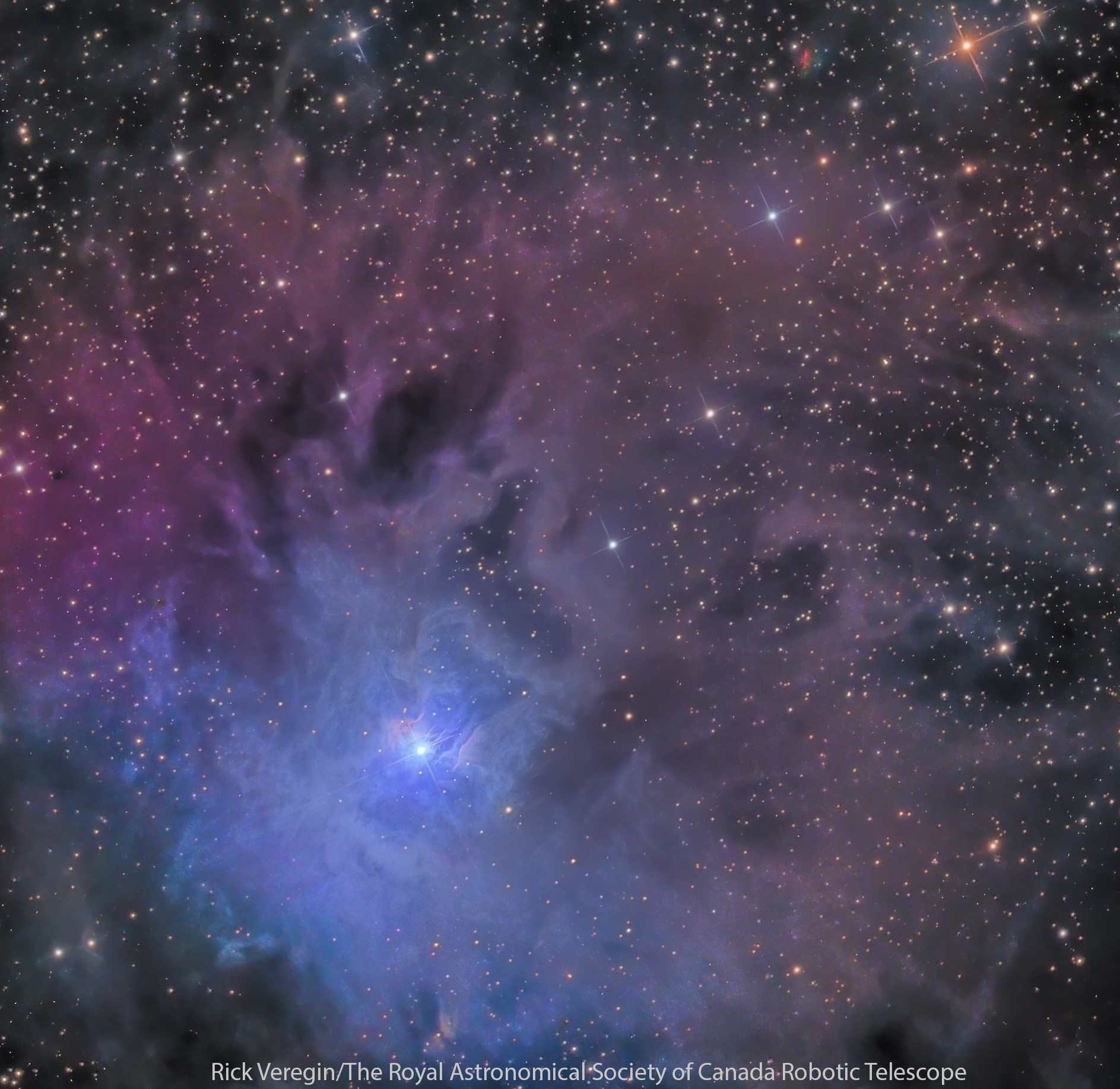Photo Team
The Robotic Telescope Photo Team's goal is to produce crisp, consistent data of deep-sky astrophotography targets. They also develop procedures for operating the telescope in order to acquire consistent astrophotography data.

Purchasing Data
Do you want to make photos like the ones on our Gallery page? Our data is available for purchase in our online store!
Data from our scope makes a great gift for the astrophotographers in your life (especially the Canadian astrophotographers, and especially in the winter when the weather is even worse). Each set has over 30 targets from both our telescope and the DSLR attached to the side of our telescope. Our set from 2019-2020 has data in two formats to make processing easier for beginners.
Types of Data
CCD - monochrome
This data is acquired by the sensor attached to our 16” telescope. This camera shoots in monochrome (black and white). To make colour images, filters are placed in front of the sensor to only allow one colour of light through at a time. Individual filters of black-and-white images can be combined in photo processing software like PixInsight or Photoshop to produce a single colourful image.
Monochrome imaging allows for images with less noise and more light or detail in each image.
DSLR - colour
Attached to the back of our telescope is a Hutech-modified Canon 6D with a 200m lens. This allows us to take wide-field images of the night sky at the same time as narrow-field images of deep sky objects. Using this camera, we’re also able to capture larger events such as conjunctions, lunar eclipses and comets.

Imaging Standards
Our team collects astrophotography data the same way each time to ensure easy processing and the ability to reuse calibration frames. Sometimes narrowband targets use only a subset of the three filters we have (Ha, SII and OIII). It depends on the target!
Each visible light target has 8 total hours of light data broken down into...
- 16 exposures of 900 seconds in luminance
- 8 exposures of 600 seconds in each colour filter, Red, Green and Blue (binned 2x2)
- Associated flats
Each narrowband target has 12-20 hours of light data broken down into…
- 9-14 exposures of 1,800 seconds in each relevant narrowband filter, Ha, SII and OIII
- 5 exposures of 180 seconds in each colour filter, Red, Green and Blue to be used for star colours
- Associated flats
DSLR targets are imaged without flats as corrections are relatively easy to make using software like Photoshop or PixInsight. Targets are imaged in RAW and are usually imaged in exposures of 30, 60 or 120 seconds (this changes for special targets like lunar eclipses).
Access Free Data
SkyNews has purchased data for use by subscribers and the public! Check out their astroimage processing homepage to find out how to download it and how to participate in their editing contests.
RASC has released data in the past for those who are interested in testing out the product before buying. You can access that data here.
